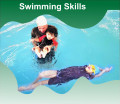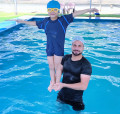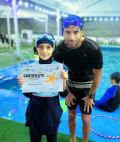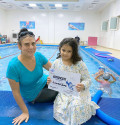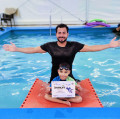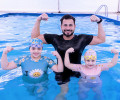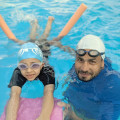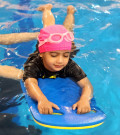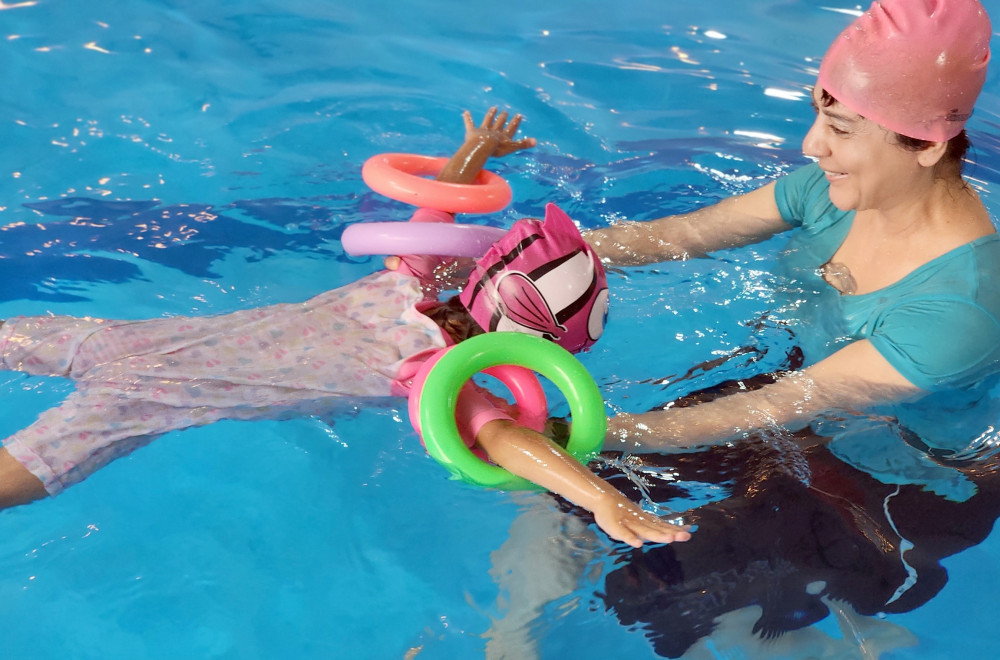
Swimming is a life-saving skill, and starting early can significantly reduce the risk
2024-04-14 - swimmingIntroduction
Swimming is not just a recreational activity; it's a vital
life skill that can save lives, especially when learned early. Drowning
accidents are tragically common, but with proper swimming education and
practice, many of these incidents can be prevented. In this comprehensive
guide, we will explore the importance of swimming as a life-saving skill and
why starting early is crucial in reducing the risk of drowning accidents.
The Importance of Learning to Swim
Swimming is a fundamental life skill that offers numerous
benefits beyond just staying safe in the water. From improving cardiovascular
health to enhancing mental well-being, the advantages of swimming are
undeniable.
The Role of Early Swimming Education
Building Confidence and Skills
Introducing children to swimming at an early age not only
helps them become comfortable in the water but also lays the foundation for
developing essential swimming techniques and safety habits.
Reducing Fear and Anxiety
Early exposure to swimming can help children overcome fear
and anxiety associated with water, making them more confident and competent
swimmers as they grow older.
Key Techniques for Water Safety
Floating and Treading Water
Learning how to float and tread water are critical skills
that can keep individuals safe in emergency situations, allowing them to
conserve energy and call for help if needed.
Basic Stroke Techniques
Mastering basic stroke techniques, such as freestyle and
backstroke, enables swimmers to navigate the water efficiently and reach safety
in case of emergencies.
Breath Control and Underwater Skills
Teaching swimmers how to control their breathing and perform
underwater skills, such as diving and retrieving objects, enhances their safety
and comfort in various aquatic environments.
Supervision and Vigilance
Importance of Adult Supervision
Regardless of age or swimming ability, proper adult
supervision is essential whenever individuals are in or around water,
especially for young children and inexperienced swimmers.
Recognizing and Responding to Emergencies
Educating both children and adults about the signs of
drowning and how to respond effectively can prevent tragedies and ensure swift
action in emergency situations.
Safety Precautions and Equipment
Use of Personal Flotation Devices
Wearing appropriate personal flotation devices, such as life
jackets, can provide an additional layer of safety, particularly for
inexperienced swimmers or when participating in water activities in unfamiliar
settings.
Pool and Water Safety Measures
Implementing safety measures, such as installing fences and
alarms around pools, and adhering to designated swimming areas and rules, can
significantly reduce the risk of accidents and injuries.
Conclusion
Swimming is indeed a life-saving skill, and starting early
can make a significant difference in reducing the risk of drowning accidents.
By prioritizing swimming education, practicing water safety measures, and
remaining vigilant, individuals can enjoy the water safely while minimizing the
likelihood of accidents and tragedies.







.jpg)




































































